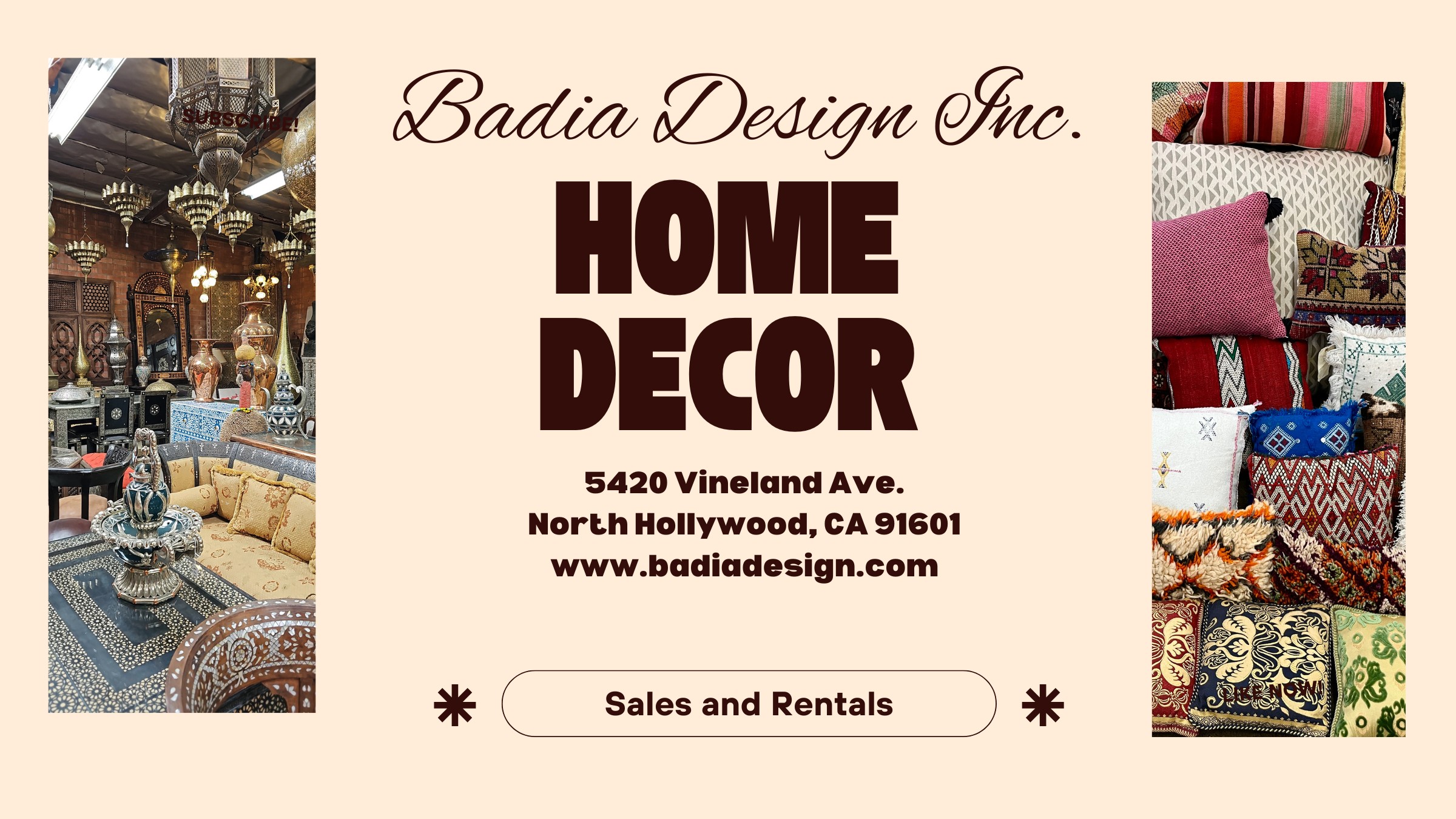Moroccan Berber Area Rugs
Moroccan Berber Area Rugs
Blog Article
Moroccan Berber Rugs: A Heritage of Craftsmanship, Culture, and Style
Moroccan Berber Rugs have captivated residents and organizations worldwide with their storied past, exquisite craftsmanship, and incomparable adaptability. Whether you are furnishing a comfortable living room, a modern office space, or a luxurious hotel, these rugs go beyond practicality to become cultural and artistic masterpieces. In this article, we’ll explore the rich origins of Moroccan Berber rugs, the meticulous craftsmanship behind their creation, their renowned durability, and creative ways to incorporate them into today’s interiors.
These rugs originated with the ancient tribal artisans of North Africa, dating back centuries. These indigenous groups, with their deeply rooted traditions, developed rug-weaving techniques to meet the demands of their nomadic lifestyles and varied environmental conditions.
Each Berber rug tells here a story, often woven into the fabric unique to the tribe or family that created it. These symbols frequently represent protection, fertility, or the natural environment, making each rug a deeply personal creation. Historically, these rugs were made for practical use, offering warmth in the cold Atlas Mountains or serving as bedding in arid environments.
During the 20th century, these rugs were popularized by architects such as Le Corbusier and Frank Lloyd Wright, who used them in renowned works. Today, their timeless aesthetic and deep heritage make them a top pick for decorators and collectors alike.
The production of Moroccan Berber rugs is an elaborate art form handed down through generations. It represents a harmonious fusion of ancestral knowledge and meticulous technique.
These rugs are made from high-quality natural fibers, valued for their strength and softness. Wool stands out for being both durable and cozy, as well as for its natural warmth. Artisans often hand-spin the wool, giving each rug a unique look and feel.
Weaving these rugs is a time-intensive process, requiring great patience and effort on handcrafted weaving tools. The knotting style, from Beni Ourain’s plush textures to Azilal’s tighter weaves, impacts both durability and design.
Artisans rely on natural dyes from plants and minerals to produce the vivid tones seen in Berber rugs. Earthy tones such as beige, cream, and brown are common in Beni Ourain rugs, while Azilal and Boucherouite rugs showcase bolder colors like reds, blues, and yellows.
One of the most celebrated features of Moroccan Berber rugs is their exceptional durability. This makes them a practical investment for both homes and businesses.
Berber rugs owe their longevity to the excellent quality of their natural fibers. Wool’s natural flexibility and resistance to stains make it a perfect choice for lasting rugs.
Taking care of these rugs is straightforward. Routine vacuuming and periodic professional care can preserve their beauty for decades.
Tips for Styling Moroccan Berber Rugs in Modern Homes
Adding Moroccan Berber rugs to modern spaces is simpler than it seems. Their versatile designs and textures can complement a wide range of styles, from minimalist to bohemian.
1. Create a Focal Point in the Living Room
A large Beni Ourain rug can serve as the focal point of your living area. The rug’s muted tones and clean lines bring cohesion to the space and exude coziness.
2. Add Color to Neutral Spaces
If your space leans toward a monochromatic or minimalist aesthetic, a vibrant Azilal or Boucherouite rug can introduce a pop of color and visual interest. These rugs work particularly well in neutral-toned rooms, where they serve as a focal point.
3. Layer Rugs for Texture
For a cozy, eclectic vibe, layer a smaller Berber rug over a larger natural-fiber rug, such as jute or sisal. This combination not only adds depth and texture but also highlights the intricate details of the Berber design.
4. Elevate the Look of Offices and Workspaces
Businesses can use Moroccan Berber rugs to create an inviting and sophisticated ambiance in office spaces, lounges, or reception areas. Their handmade quality conveys a sense of luxury and authenticity.
5. Display Moroccan Berber Rugs as Decorative Art
Some Moroccan Berber rugs are so visually stunning that they deserve to be displayed as art. Hanging a rug on the wall can add a unique touch to your home or business, showcasing the craftsmanship and cultural heritage of the piece.
Reasons to Invest in Moroccan Berber Rugs
For both homeowners and businesses, Moroccan Berber rugs represent a blend of practicality, aesthetics, and cultural significance. These rugs are built to last, and their classic designs remain relevant despite evolving decor trends.
Eco-Friendly and Ethical Craftsmanship
Berber rugs are often made with environmentally responsible and sustainable techniques. Purchasing these rugs helps preserve artisan traditions while enriching your decor with sustainable beauty.
The Appreciating Worth of Moroccan Berber Rugs
Authentic Moroccan Berber rugs often appreciate in value over time, especially vintage or rare pieces. These rugs serve as both decorative items and investment-worthy collectibles.
 Report this page
Report this page